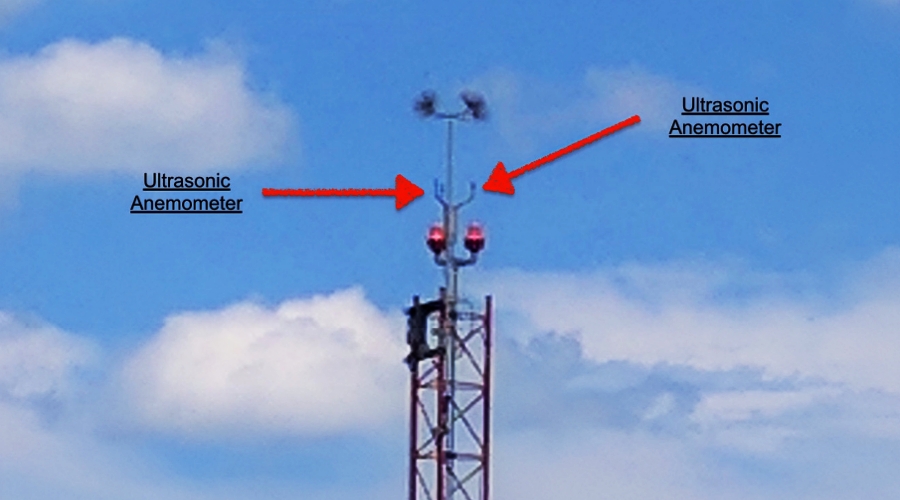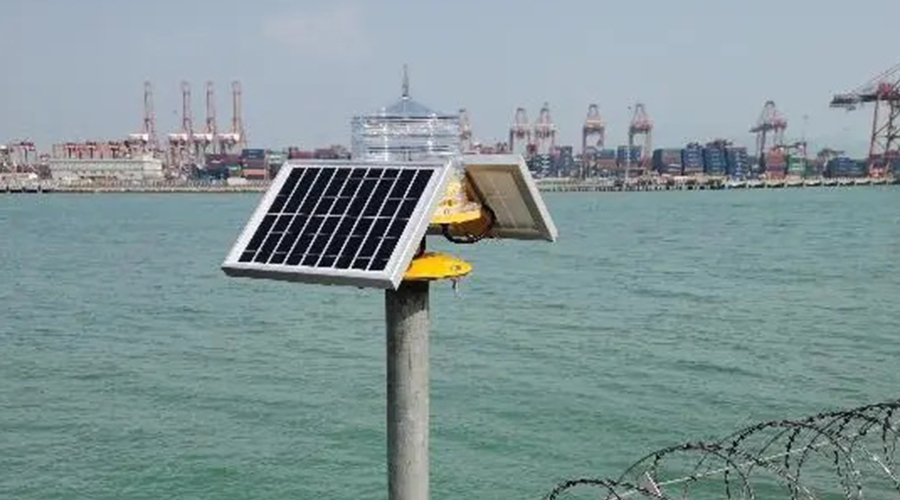Wind speed and direction sensor are part of an airport’s Automatic Weather Observing System (AWOS) and provide real-time wind speed and direction information.
These sensors are typically lightweight, have low starting torque, and low inertia, and accurately reflect the true wind information. Accurate airport wind sensors use a run-time differential method to determine wind speed and direction and output instantaneous values.
How Airport Wind Speed and Direction Sensor Work?
- Rotating Vane Anemometer
Principle:
This sensor has multiple blades that rotate when the wind blows. The blades rotate at a speed that is proportional to the wind speed, and the sensor measures the rotational speed to calculate the wind speed.
- Wind Direction Measurement
This is often used in conjunction with a ramp wind direction indicator, which may be a direction indicator that indicates which direction the wind is blowing from.
- Hot Wire Anemometer
Principle:
This sensor uses a thin wire that is heated to a certain temperature. When wind flows over the hot wire, it removes some of the heat, causing the temperature to drop. By measuring the temperature change of the hot wire, the wind speed can be calculated.
Advantages:
This sensor is very sensitive to low wind speed changes.
- Ultrasonic Anemometer
Principle:
Use the time difference of ultrasonic transmission to measure wind speed and direction. The sensor sends out an ultrasonic signal and measures the time it takes for the sound wave to propagate in the wind.
If the wind accelerates in the direction of propagation, the propagation time of the sound wave will become shorter, and vice versa. By analyzing these time differences, the wind speed and direction are calculated.
Advantages:
No moving parts, simple maintenance, suitable for extreme weather conditions.
- Micro Anemometer
Principle:
Usually used in scientific research environments, using high-precision sensors to detect small changes in airflow to measure wind speed and direction.
Wind speed and direction sensor usually output the measurement results as electrical signals, and monitor and record them by connecting to the airport automatic weather observation system (AWOS) or other weather systems so that pilots and meteorologists can obtain real-time wind speed and direction information. This data is very important for aviation safety, especially during takeoff and landing.






